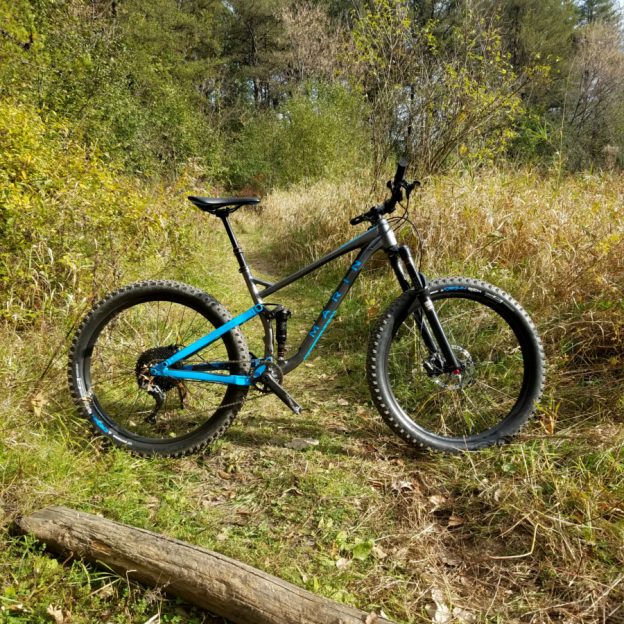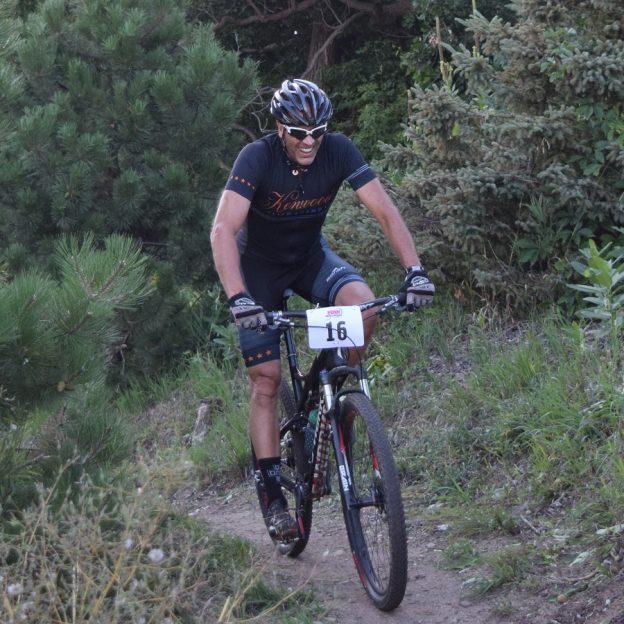Tag: Rockshox
-

The Marin B-17 MTB review – out of the box and ready for the trail
Based on our quick MTB review at Interbike’s Dirt Demo, we have been extended a Marin mountain bike demo for a long term review. However, before I ride it and give you a full mountain bike review let me share what is actually coming out of that box.
-

Suspension Setup For Your Smoothest, Fastest, and Best Ride Ever
Most mountain bikes today are coming equipped with a suspension fork, many offer suspension for both the front and rear wheel. Additionally, the technology being employed in these suspension systems has become truly amazing. However, as assume as a suspension is it does nothing unless setup correctly. Read on to learn how the right suspension…
